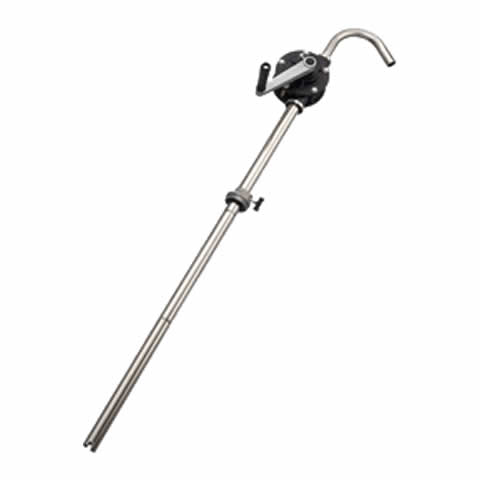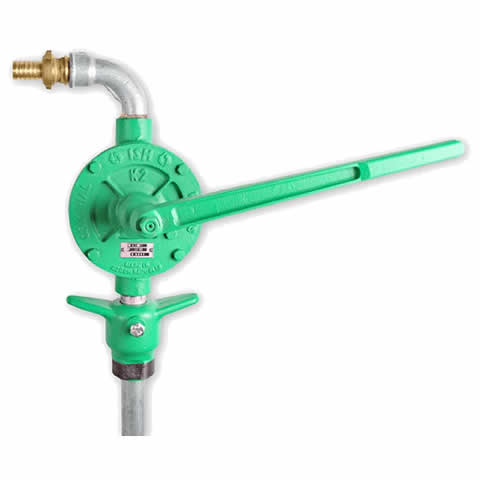Can you help us with the website?
Don't worry, it's small text information that helps us evaluate the site or target relevant advertising. More about cookies here.
It will help us greatly if you enable everything. You can only enable the cookies you want. Alternatively, it is possible to disable everything except those strictly necessary for the functioning of the site.
Barrel pumps consist of either a long hose or a pipe that is used to transport fluid, whether it is drinking water or fuel. The hose is placed in the bottom of the barrel and the pump at the top. Its body has a built-in motor and gears that rotate the impeller.
Barrels are used as a liquid storage. However, when full their weight makes them uneasy to be moved. For this purpose barrel pumps become suitable for transporting liquid in barrels. Generally a barrel pump consists of a long tube that reaches the bottom of the barrel, a pump body that is "on top of the pump" and another tube leading from the pump to a separate vessel where the liquid will be transfered. The body contains either a motor or a crank, thanks to which the impellers are driven. Barrel pumps work relatively easily. The pump operator simply opens a small opening at the top of the barrel, inserting a hose or pipe leading from the pump. The second pipe is inserted into the tank where the liquid (water, non-corrosive liquids) is to be pumped and the pump is started.
Barrel pumps are most often used in the chemical, oil and food industries. They are used for pumping toxic liquids such as acids, alkalis, flammable solvents or petroleum products. The most popular pumps, especially in the chemical industry, are manual. A crank is used for their operation, thanks to which it is easy to regulate the amount of pumped liquid. There are understandable reasons for their use when working with volatile liquids, given that electric pumps are unusable from a safety point of view. Electrically driven pumps can be pneumatic or air driven. Pneumatically driven pumps require air compressors and other expensive and bulky equipment and are therefore rarely used.
In addition to large barrel pumps, there are pumps designed for smaller vessels - 25 liters and 4 liters. They are more commonly known as high viscosity liquid pumps because they often contain grease or adhesive. Most chemical, petroleum and food liquids have lower viscosities.


Shopping with us
Personal collection of goods
Opening hours
Payment options








Delivery options












Contact
Copyright © 2024 BOLA spol s.r.o.

 Bola.cz
Bola.cz